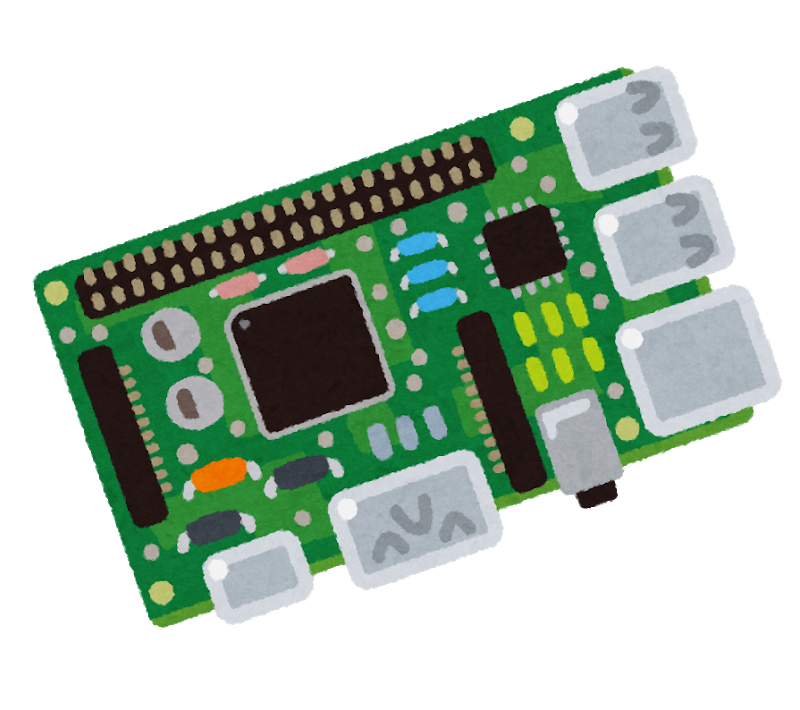Oh, hell yes! I’ve been looking for something almost exactly like this!
- 1 Post
- 70 Comments

 31·21 days ago
31·21 days agoI’m mostly amazed that they discovered it. When I think of a good transition distro this is not what comes to mind. Must have been some kind of targeted ad campaign. Also there’s probably a ton of people that think no good software could possibly be free.

 12·27 days ago
12·27 days agoThey fucked up by making their robots last seemingly forever, due to the fact they spy on you and get stuck every 15 mins so you never want to turn them on.

 2·1 month ago
2·1 month agoWhat about multiple Pis? Seriously asking. I love having a Pi as a dedicated server (small footprint, low energy, low temp). Do I really need to switch to a more traditional ITX/ATX form factor to get real reliability?

 26·2 months ago
26·2 months agoThe many fluids, the heat, the vibrations, the pistons, the belts, the transmission, the exhaust, the alternator. ICE vehicles are controlled chaos!

 144·2 months ago
144·2 months agoLet’s be honest, not all races are equal<br> 🫲🍊🫱

 1·2 months ago
1·2 months agoThe Ryzen 2600 has a TDP of 65W. With a CPU with 35W TDP maybe a passive cooler like the Noctua NH-P1 would work. Still really hard to beat the efficiency of an ARM chip.

 1·2 months ago
1·2 months agoBe aware you might have to resort to nftables if firewalld doesn’t work. I use localhost a lot and the routing rules are different in that case.

 4·2 months ago
4·2 months agoThanks for mentioning Wolf. I’m pretty happy with Sunshine but I do have those occasions where it can’t stream because my monitor is turned off (upstairs) when I’m downstairs.
Gesundheit

 81·3 months ago
81·3 months agoAs soon as I saw Plex show media that wasn’t part of my personal library I knew it was becoming enshitified.

 1·3 months ago
1·3 months agoHow do you ensure your teammates don’t start committing their own IDE settings or committing “secrets.json” files or helper scripts or log files?

 2·3 months ago
2·3 months agoDisagree on the .gitignore file. If you’re the only developer and you only work off of one machine then it doesn’t need to be committed. In a team setting it’s absolutely imperative to commit it.

 2·3 months ago
2·3 months agoI convert my files to avoid transcoding but my Raspberry Pi 4B handles Jellyfin just fine.

 2·3 months ago
2·3 months agoEven if it isn’t an OpenWRT router if you have a hardwired server it can probably do a soft reset of the router or even modem (most modems I’ve used have had a web interface). If your router is in such a bad state it only responds to a hard reset it’s probably reaching EoL.

 12·3 months ago
12·3 months agoI’m definitely considering a dumb phone with tethering capabilities to use a less locked-down device.

 17·3 months ago
17·3 months agoAI has been good at auto-completing things for me, but it almost always suggests things I already knew without even web searching. If I try to get advice about things I know nothing about (code wise) it’s a really bad teacher, skips steps, and makes suggestions that don’t work at all.
I’m guessing there’s been no software explosion because AI is really only good for the “last 20%” of effort and can’t really breach 51% where it’s doing the majority of the driving.
Apropos to use the term “driving” I feel. Autonomous vehicles have largely been successful because the goal is clear (i.e. “take me to the grocery store”) and there’s a finite number of paths to reach the goal (no off-roading allowed). In programming, even if the goal is crystal clear, there really are an infinite number of solutions. If the driver (i.e. developer) doesn’t have a clear path and vision for the solution then AI will only add noise and throw you off track.

 2·3 months ago
2·3 months agoSame. I started going to Flathub in my browser.

As far as vim goes I’ll say it’s not really necessary to learn but it’s a good tool to have in your belt. I once tried to print the manual to vim but noped out after about 100 pages. I’d say learn how to navigate, edit, copy-paste, find and replace text in vim. You could go all the way to do crazy things like running a CLI command from within vim and put the result into the editor but from a desktop environment it isn’t as helpful compared to simply having two terminal instances open.